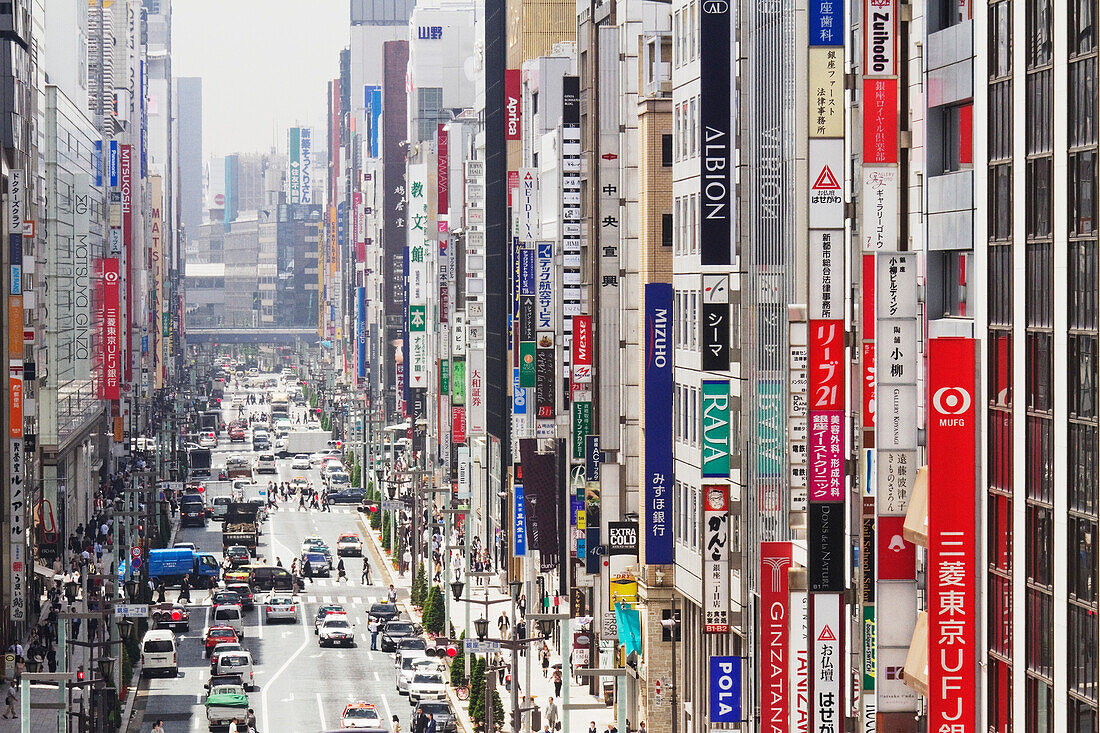Japan’s GDP beats forecasts as consumption, business spending perk up
Japan’s economy grew faster than expected in the fourth quarter, on improved business spending and a surprise increase in consumption and shoring up the central bank’s case for more interest rate hikes.
Gross domestic product expanded 2.8% annualised in the October-December quarter.
The upbeat data helped lift Tokyo’s Nikkei stock benchmark and the yen.
But while the data showed some bright spots for the world’s fourth-largest economy, analysts said that the headline figure was flattered partly by a fall in imports, which improved net trade, as well as year-end bonuses.
“Details of the results indicate that the economy was not as strong as the headline number suggests,” Kazutaka Maeda, an economist at Meiji Yasuda Research Institute, said.
The annualised increase in GDP follows a revised 1.7% growth in the previous quarter and translates into a quarterly rise of 0.7%, also better than the median estimate for a 0.3% uptick.
Private consumption, which accounts for more than half of economic output, rose 0.1%, beating a market estimate of a 0.3% fall but cooling from the 0.7% rise of the previous quarter.
Meiji Yasuda’s Maeda said consumption was boosted by high year-end bonuses, but it may slip again in January onwards when the bonus impact dissipates.
“The underlying trend remains weak amid rising prices of food,” he said.
Capital spending, a key driver of private demand-led growth, rose 0.5% in the fourth quarter, missing a market estimate for a rise of 1.0% but reversing a decline in the previous quarter.
Net external demand, or exports minus imports, contributed 0.7 of a percentage point to growth, reversing a negative contribution in the July-September period.
The decline in imports may have reflected lacklustre domestic demand, analysts said.
Japan’s Economy Minister Ryosei Akazawa said in a statement that a gradual recovery in the economy is expected to continue.
“But it is necessary to be mindful of the impact of continued price rises for food and other daily items on consumer spending through the downward pressure on consumer sentiment,” he added.
Analysts also cited concerns that U.S. President Donald Trump’s tariffs could threaten global trade and pressure Japan’s export-reliant economy.
The United States is Japan’s largest export destination, accounting for a fifth of its total exports.
All the same, the GDP data supports the Bank of Japan’s view that demand, inflation and growth are at least firm enough to keep raising interest rates this year.
“The GDP result is not something that shows signs of a bad situation in which the BOJ would have to stop the interest rate hike, although it does not have to rush it,” Nozaki said.
Japan’s nominal GDP in 2024 stood at 609.29 trillion yen ($4 trillion), the data showed, topping the 600 trillion threshold for the first time but staying below Germany to rank as the world’s fourth-largest economy.





